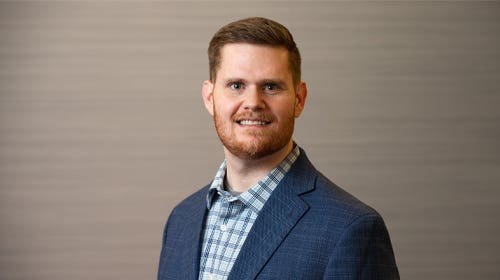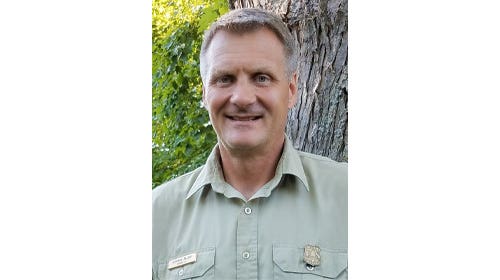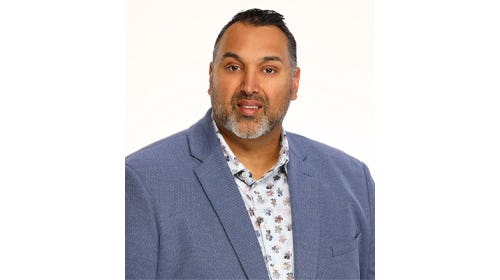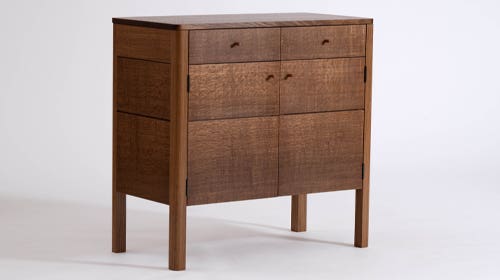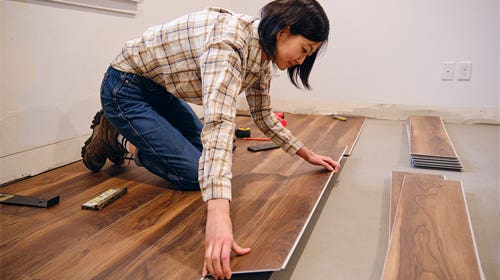Mentor inspires cabinetmakers display
The exhibition “Legacy of Talent: A Moser Reunion,” consisting of contemporary pieces by Thomas Moser Cabinetmakers and seven former employees, runs through Nov. 28 at the Messler Gallery at the…
The exhibition “Legacy of Talent: A Moser Reunion,” consisting of contemporary pieces by Thomas Moser Cabinetmakers and seven former employees, runs through Nov. 28 at the Messler Gallery at the Center for Furniture Craftsmanship in Rockport, Maine.
Moser left a teaching position in 1972 to pursue a furniture career that has grown to a business with 85 employees in Auburn, Maine, with showrooms in Freeport, Maine; Boston; New York; Chicago; Washington, D.C.; San Francisco; and Seoul, South Korea.
Peter Korn, executive director of the Center for Furniture Craftsmanship, first approached Moser with the idea of presenting the exhibition last winter. In the 36 years Moser has been building furniture, he estimates about 20 former employees have moved on to form their own businesses, an occurrence he has mixed feelings about.
“On the one hand, you’re creating your own competition,” says Moser. “On the other hand, it speaks well of our efforts, because it suggests that there is a seriousness of intent for people who come to work here. They’re really passionate about what they are doing. In that sense, I think it is very satisfying.”
Most of the exhibitors in “Legacy of Talent” started with Moser in the 1970s. They include James Becker, Bill Huston, Kevin Rodel, Peter Thompson, Stewart Wurtz, Doug Green and David Vigneron.
Much of Moser’s success can be attributed to mass-producing handmade furniture with simple, elegant designs from solid wood. But Moser has also made the best use of his personality traits and talents to grow the business.
“I have this tenacity — quitting is not an option — and I have a pretty good design eye,” says Moser. “I’m not a cutting-edge, avant-garde designer. Maybe I could be, but I never had interest in that area. I’m a much more practical person. I like making furniture and not art. I have that ability coupled with a verbal facility. I have a Ph.D. in verbal communication, which hasn’t hurt.”
Moser’s company has been producing more curved furniture in recent years, featuring stacked laminations and veneers. It’s certainly become more difficult to build during the last five years, he says.
“Our furniture has become highly curvilinear as opposed to rectilinear,” he explains. “In the early days, a lot of things we did were highly rectilinear, which is an easy thing to do with wood, certainly easier to do than having fluid lines. Our furniture is becoming far more fluid and the reason for that, initially, was to inoculate ourselves against copying. Much of our early work was pretty easy to produce; any good high school shop class could do some of it. Our new designs are much harder to replicate.”
The exhibit has given Moser pause to reflect on his 36-year woodworking career and any perceived success that has come from it. He’s just done what he was meant to do.
“I have a fairly simple philosophy, which is that we are somewhat obligated to exercise our skills and talents,” he says. “Otherwise you are just a spectator and not a participant, and I don’t think life should be lived that way.”
Celebrating wood and fiber
The Mingei International Museum in San Diego is hosting the exhibition, “Forms in Wood and Fiber,” featuring the work of six prominent Southern California woodworkers and a number of contemporary fiber artists. The exhibition, which runs through Jan. 4, includes more than 30 pieces, a series of artist/craftsman demonstrations, lectures, studio visits, and workshops for children and adults.
Participating woodworkers are Wendy Maruyama, head of the woodworking and furniture design program at San Diego State University; Russ Filbeck, associate professor in the cabinet and furniture technology division at Palomar College in San Marcos; Patrick Edwards, master and teacher of traditional European marquetry; Del Cover, specialist in chair building featuring architectural elements; Brett Hesser, who concentrates on work with fine veneers; and Dr. Gene Blickenstaff, known for translucent turned bowls of Norfolk Island pine.
The work of more than 20 fiber artists will complement the woodworking. Most are affiliated with California Fibers, an organization founded in 1970.
The Mingei International Museum is located in the historic Balboa Park section of downtown San Diego.
Washington Craft Show
The 21st Washington Craft Show is scheduled for Nov. 7-9 at the Walter E. Washington Convention Center in Washington, D.C.
Furniture exhibitors will include Ronald Dekok, John Reed Fox, Paul Freundt, Ken Girardini, Don and Jennifer Green, Scott Grove, Peter Harrison, Richard Judd, John Landis, Alan Lorn, Jeffrey Oh, Judy Rand, Jo Roessler, Peter Shepard, and Thomas Throop. The show will also feature approximately 20 turners.
Contacts:
Messler Gallery, Center for Furniture Craftsmanship, 25 Mill St., Rockport, ME 04856. Tel: 207-594-5611. www.woodschool.org
Mingei International Museum, 1439 El Prado in Balboa Park, San Diego, CA 92101. Tel: 619-239-0003. www. mingei.org
Washington Crafts Show, Crafts America LLC, P.O. Box 603, Greens Farms, CT 06838. Tel: 203-254-0486. www.craftsamericashows.com
This article originally appeared in the November 2008 issue.


